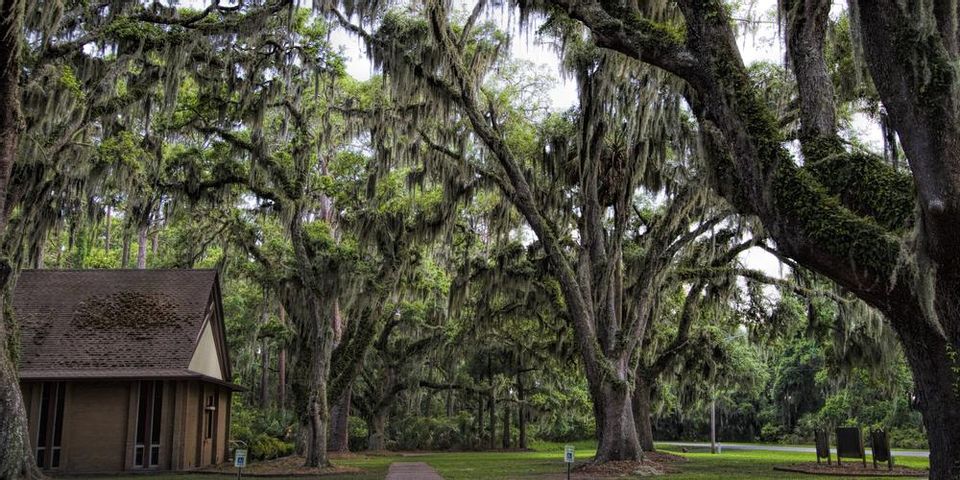5 Tree Diseases & Pests Commonly Found in Georgia

Strong and resilient though trees might seem, like all living organisms, they are vulnerable to diseases and pests. Georgia’s heat and humidity effect which parasites commonly plague local foliage. The arborists at Casey Tree Experts in Lilburn, GA, are experts in these infestations. Here, the Atlanta-area tree service describes the region’s most common tree pests and how you can prevent and treat them.
5 Common Tree Diseases & Pests in Georgia
1. Black Knot
Usually found on plum and cherry trees, black knot is a fungal infection. It forms dark, swelling bumps that can grow as large as 2 inches thick and 12 inches long. The disease will weaken, misshape, and eventually kill the tree if left untreated. It’s easiest to spot this parasite in winter when the leaves have fallen. A tree service can remove the affected branches to prevent the spores from spreading to the rest of your orchard.
2. Powdery Mildew
 If you see white spots or dust on the leaves of your dogwoods or crepe myrtles, it may be powdery mildew. While it won’t kill the entire tree, this fungus will stunt its growth. Cut affected leaves and have an arborist apply a fungicide to the rest of the leaves. Regular tree pruning will promote airflow to prevent recurrence.
If you see white spots or dust on the leaves of your dogwoods or crepe myrtles, it may be powdery mildew. While it won’t kill the entire tree, this fungus will stunt its growth. Cut affected leaves and have an arborist apply a fungicide to the rest of the leaves. Regular tree pruning will promote airflow to prevent recurrence.
3. Oak Leaf Blister
Oak leaf blisters can affect all species of oak. The yellowish-white or yellowish-brown lesions range up to 2 inches in diameter. Treatment and prognosis are similar to powdery mildew. Proper watering and drainage will aid in the prevention of future outbreaks.
4. Aphids
If there are no blisters but the leaves are yellow and spotty, aphids may be to blame. These insects feed on leaves and sap. There are several species, varying in color. Simple remedies like spraying cold water or wiping the leaves with soapy water mixed with cayenne can be effective deterrents if their numbers are small. However, if you have a full-blown infestation, tree services will have more aggressive and effective methods.
5. Pine Beetle
These pests infect pines of all varieties that have sustained damage. Females bore into the tree to lay eggs, and in the process emit pheromones that beckon more pine beetles. Then, they chew through the tree, creating little galleries throughout the trunk, effectively killing it. You may see numerous dried, white bumps of resin forming on the surface. There is no treatment for this infestation, so prevention with regular care is the only solution.
If you reside in Metro Atlanta or the surrounding areas, call Casey Tree Experts at (770) 498-7000 if you see any signs of these problems. Their team, certified by the International Society of Arboriculture (ISA), will carefully assess the situation and devise a plan to treat it and prevent further damage. If there are no diseases or pests, they also offer a wide range of tree services, such as pruning and stump removal, which you can learn about online.
About the Business
Have a question? Ask the experts!
Send your question

